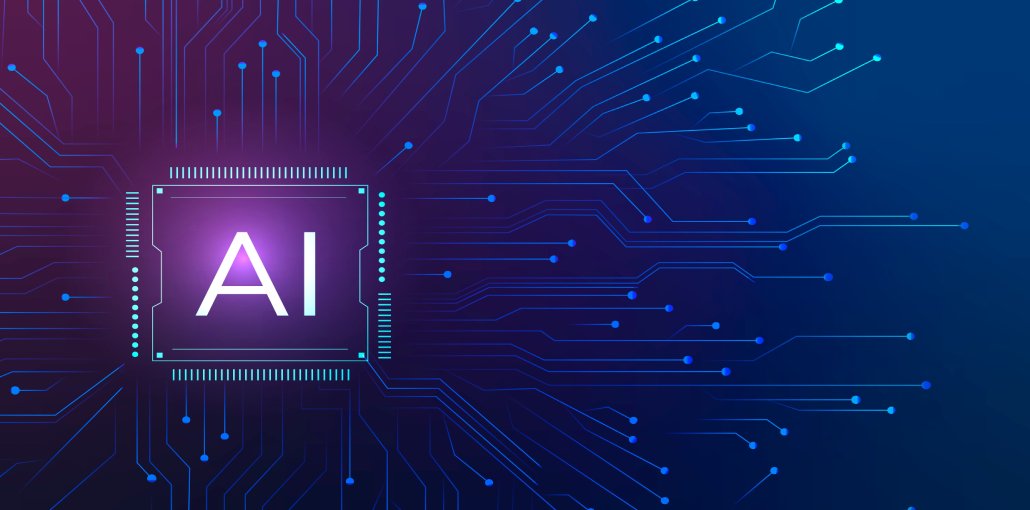The rapid pace of the AI-driven world continues to gather momentum. While the technology has been bubbling away behind the scenes for many years, the expansion of AI into the public consciousness landed heavily in 2023.
New trends keep barrelling out of the woodwork as creative users find more and more ways to harness and utilize the power of AI. From penning poems to outlining steps to learn a language, editing pictures or keeping people connected, AI has its virtual fingers in every imaginable pie.
But AI is not the only rapidly growing aspect of modern technology – far from it. Innovations continue to grow in all sectors, from online gaming to the fascinating world of the Internet of Things.
The slide into mainstream
Everything seen as cutting-edge technology today will become mainstream. It’s the natural progression of things, even though technology often has to cut through skepticism to reach that point.
Virtual reality has, for example, become household terminology that consumers increasingly use without a thought of how far-fetched it would have sounded 30 years ago.
More and more consumer devices, especially mobile apps and video games, are commonplace. Things that were barely public knowledge 20 years ago, like cell phones and wearables, for example, are now no longer in that “out there” zone of fringe technology.
Casinos, featuring thousands of slot machines, live roulette and poker online between players from far-flung corners of the globe, have taken up residence in a busy sector of the internet. From targeted advertising to game mechanics for live play and payment encryption, technology has driven social gaming into the mainstream.
So, what lies now on the cusp of being the next big breakthrough? Technologies that still have a hand in the future are fascinating because it is a playground for science fiction and fantasy – but that itself is often based in reality.
Augmented reality
AR is an area that is touching many people’s lives. It’s already present in areas like gaming apps, design and architecture. Clothing companies are integrating it into mirrors, so people can try before they buy – without even having to try things on.
Education can benefit from fully implemented augmented reality for lesson engagement. So can marketing, through product visualization, and home design, where virtual pieces of furniture and art can be placed in a real-world environment.
The applications are endless for augmented reality. It’s already here, yes, but the full potential of it hasn’t yet been unleashed and it could be transformative.
Homomorphic encryption
One astonishing cutting-edge advancement in technology is homomorphic encryption. It was first posited in the late 1970s. Decades passed by without any real solution coming to the table, despite several launches of ideas. But it is bigger and stronger than ever right now.
The technology is designed to process encrypted data, with the results that are churned out remaining encrypted. This would trim down the liability and vulnerability of data needing to be unencrypted just to be processed.
AI editing
Picture editing, video editing and even reworking that manuscript that has been sitting around for years can all be done with AI. This is one of the biggest consumer aspects that the AI explosion has managed to produce.
There are countless AI editors online that can do magical things, like animating still photographs, removing backgrounds with a single click and pulling together fully edited, video presentations based on prompts.
Neuromorphic chips
The human brain is one of, if not the greatest machine in the universe. It therefore makes sense for technology to attempt to model it. That is what the design of neuromorphic chips and computing attempts to do.
It is not so much to mimic the brain but be inspired by it, and it is therefore a stunning blend of math, biology, physics and engineering. It uses models of neural systems for computations and processing of information. Some current uses have already been found in robotics, with elements like vision and auditory systems.
Quantum computing
There is arguably no bigger cutting-edge area of technology than quantum computing. Quantum computers already exist, but the sector is rapidly advancing and it’s predicted that more power will be unleashed.
Also read: 5 Ways to Prepare Your Business for the Future of Technology
Quantum computers use subatomic particles that can exist as both 1 and 0 instead of either/or, as in pre-existing binary models. The cutting-edge future of quantum computers is that they are significantly faster than today’s greatest supercomputers.
That extra speed and processing power has the potential to shave years, decades and even millennia off computation times.
Nanotechnology
Not everything is bigger and better. Sometimes it is things on a smaller scale that reach the cutting edge of technology. Computer chips get smaller and cameras get smaller, but nothing gets much smaller than nanotechnology.
The implementations of this are largely based in the medical field. It’s imagined that a person will be able to have elements of nanotechnology inside them, treating disease or performing general monitoring jobs.
Multi-sensor transmitters
The growth of 3D sensors has been game-changing in devices like cameras and drones. They allow for the mapping of depth in the real-world environment, along with height and width. But what if that was to take a step further into 3D multi-sensor transmitters?
Imagine pulling on a pair of special gloves while immersed in a virtual reality world, and being able to experience the sensation of velvet or satin. It would further tie the virtual and physical sensory worlds together.
IoT-enabled devices
Internet of Things (IoT) devices are already all around us. These are devices, such as sensors, that collect data, but also includes things such as smart appliances that connect to and interact with other IoT devices across a network.
IoT devices aren’t standard computers – they are more like smart appliances, smart speakers and wearables. A camera that detects a person walking into a room and then triggers the turning on of lights, for example, is an IoT device.
It’s likely most people are interacting with several Internet of Things devices daily, but it also extends to industry assembly lines and smart security.
In summary
The modern world is immersed in spectacular technology, and arguably, the best of it doesn’t stand out front and center. It manages to seamlessly integrate itself into the human experience, such that it becomes an extension of it.










Leave a comment